From compact crossovers with poor traction to SUVs with weight-forward handling, some models routinely disappoint in winter conditions. Despite their shortcomings in snow performance, they continue to sell strongly due to pricing, styling, or brand loyalty. However, whether due to front-wheel-drive setups, light rear tires, or electronic stability issues, these cars tend to underperform on snowy roads. Here are 25 cars that perform terribly in snow but Canadians keep buying anyway:
Mini Cooper Hardtop

With its nimble handling and prime city credentials, the Mini Cooper is cute and fun, but not in the snow. Its rear-heavy weight distribution and optional run-flat tires create a twitchy, unsettled drive on slick roads, and without all-wheel drive, lost traction and spinning wheels are common. Inside, the low ground clearance means snow buildup around the wheel arches further compromises handling. Even enthusiastic owners admit the thrill wears off fast when winter arrives.
Ford Fiesta
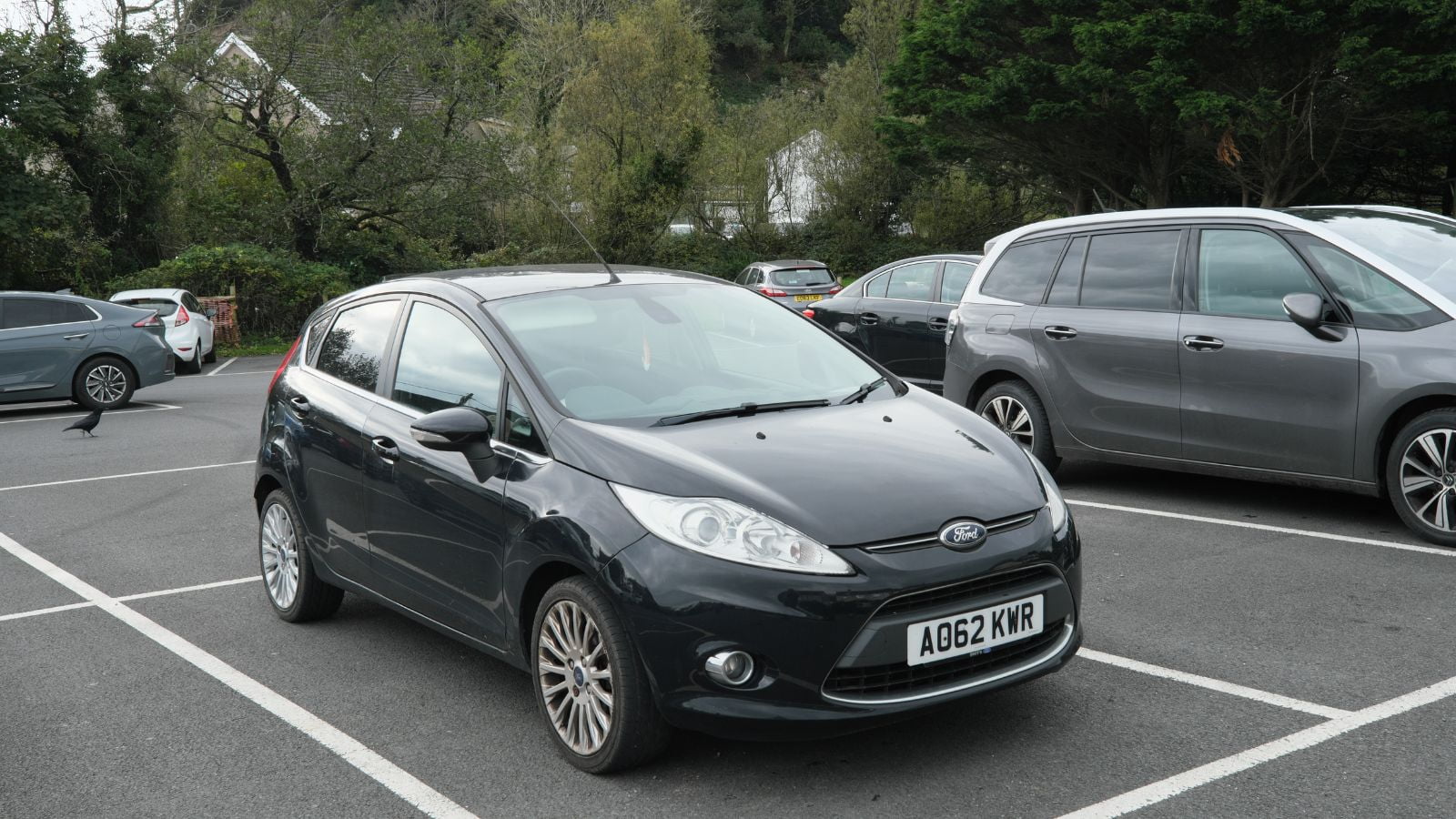
The subcompact Ford Fiesta offers excellent fuel economy and tight maneuverability, making it an attractive budget-friendly option. But in the Canadian winter, its lightweight, economy tires, and modest traction control make for unpredictable handling on ice and slush. The lack of all-wheel drive and minimal ground clearance often leaves drivers with no grip or braking control in deep snow, while road salt and corrosion also accelerate wear. Its price tag remains a draw, but the trade-off in safety and reliability in winter conditions leaves many regretting the purchase once the flakes fly.
BMW 2-Series Coupe (RWD)
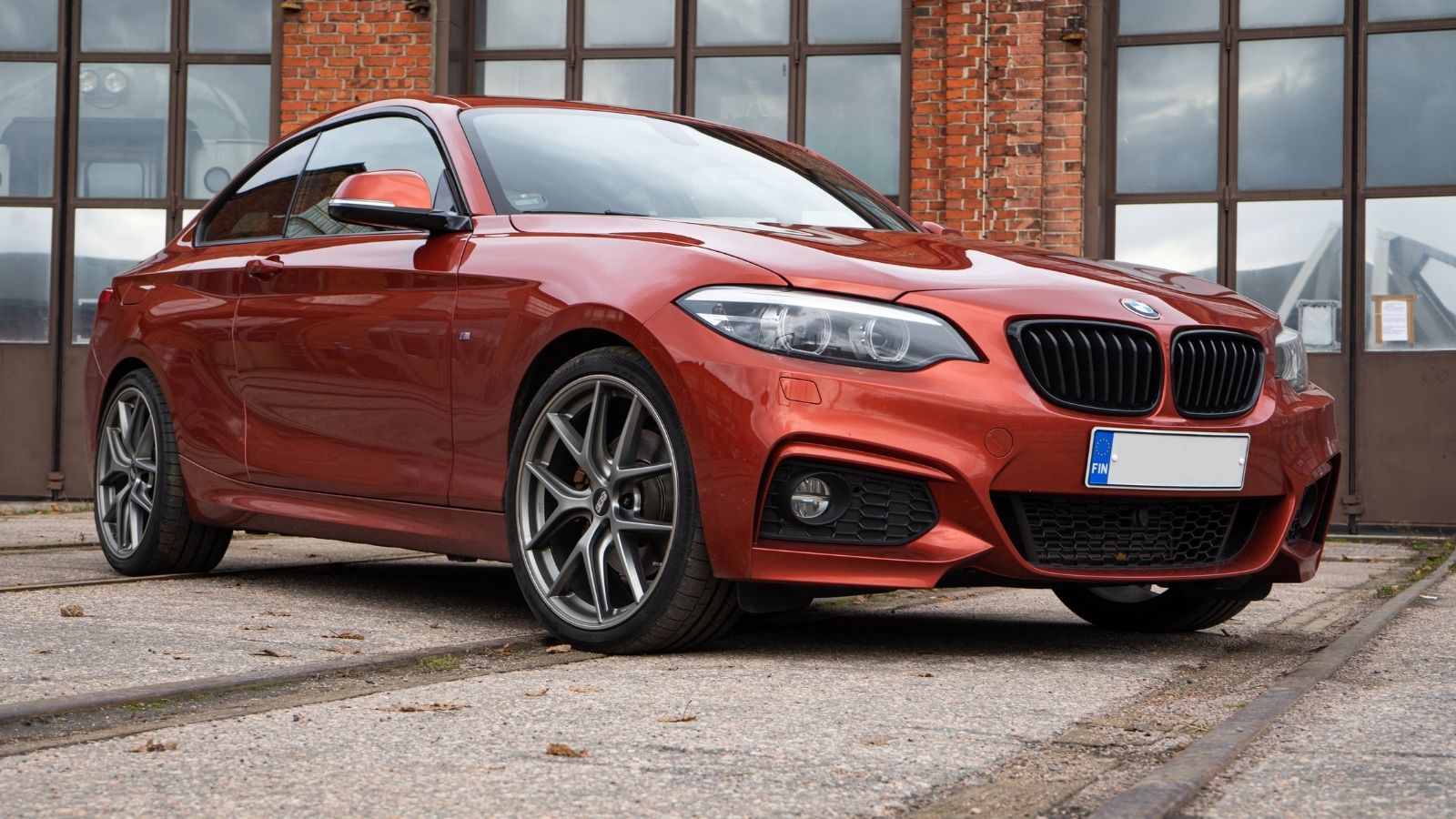
Rear-wheel-drive BMW 2-Series coupes look sporty and promise engaging dynamics, but Canadian winters punish that layout hard. Without the optional xDrive all-wheel drive, control in snow is limited, and the low ride height, wide tires, and stiff suspension amplify hydroplaning tendencies on slushy roads. Even traction control has trouble compensating at launch, and many owners find themselves sliding or needing snow tires year-round. Still, the car’s prestige and spirited drive keep buyers coming back.
Mazda MX-5 Miata

A beloved lightweight sports car, the Mazda MX-5 Miata thrives on twisty dry roads, not winter highways. Its rear-wheel drive, lightweight chassis, and low ground clearance make it almost unusable in snow, as even with winter tires, traction is minimal and slush tends to overload the rear diff. While it’s a joy in summer, many Canadian Miata owners store theirs from November until April, effectively rendering it useless half the year. Yet the brand charisma and fun-to-drive character still attract new buyers, even as winter renders the car deeply impractical for most Canadian climates.
Mazda3 (FWD Gas Models)
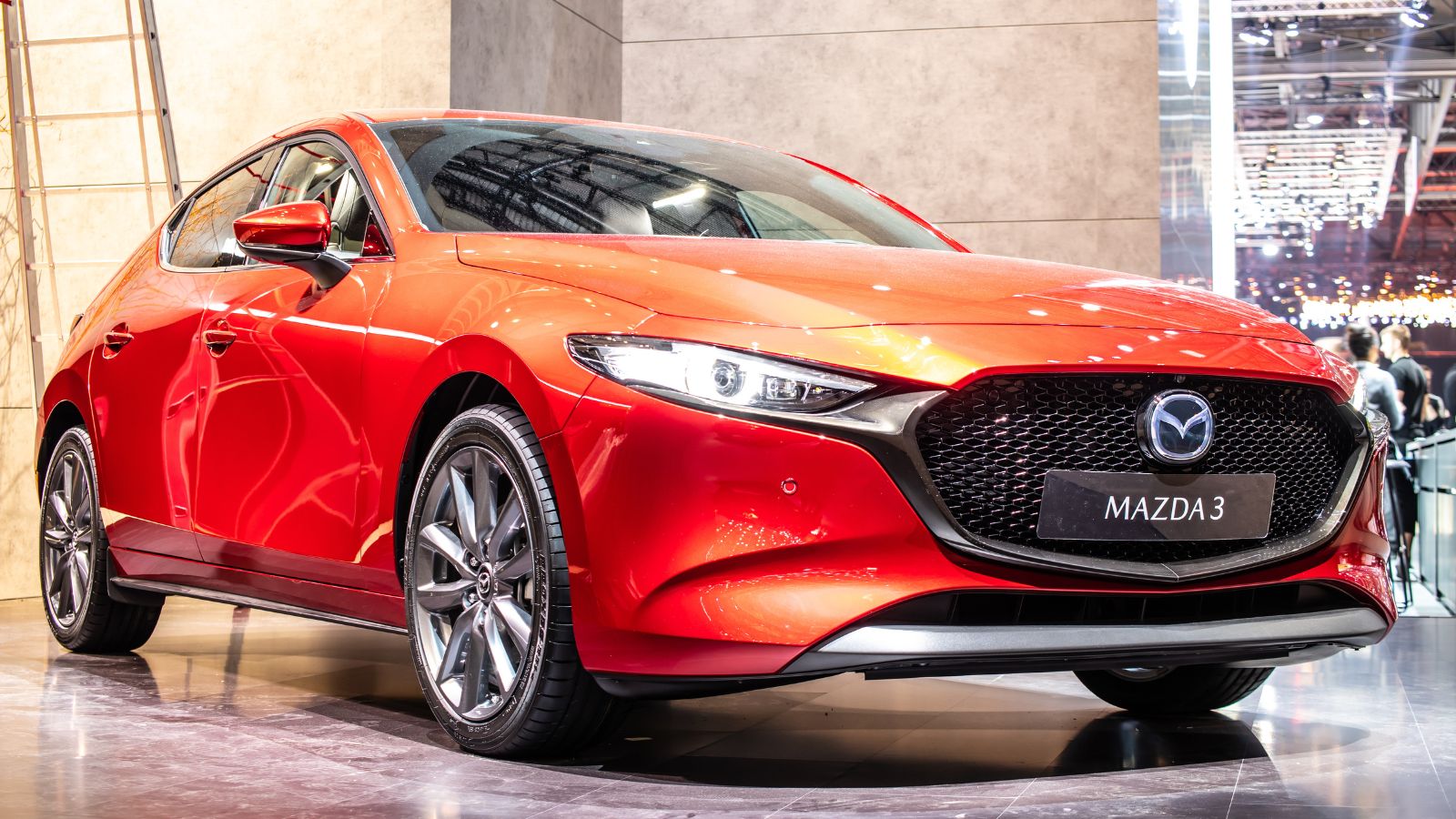
The Mazda3 is a compact, reliable, and fuel-efficient vehicle that continues to sell well in Canada. However, its front-wheel-drive gasoline variants lack traction control for winter terrain. The low ground clearance means that even minor snowdrifts can trap the wheels, and brake control is poor in permafrost conditions. The available AWD model performs much better, yet many buyers opt for the cheaper FWD version, only to regret it when ice and slush appear. Enthusiasts appreciate its design and handling, but thousands of winter drivers have learned the hard way that there is a big difference between looks and winter ability.
Toyota Corolla (FWD Hatchback)
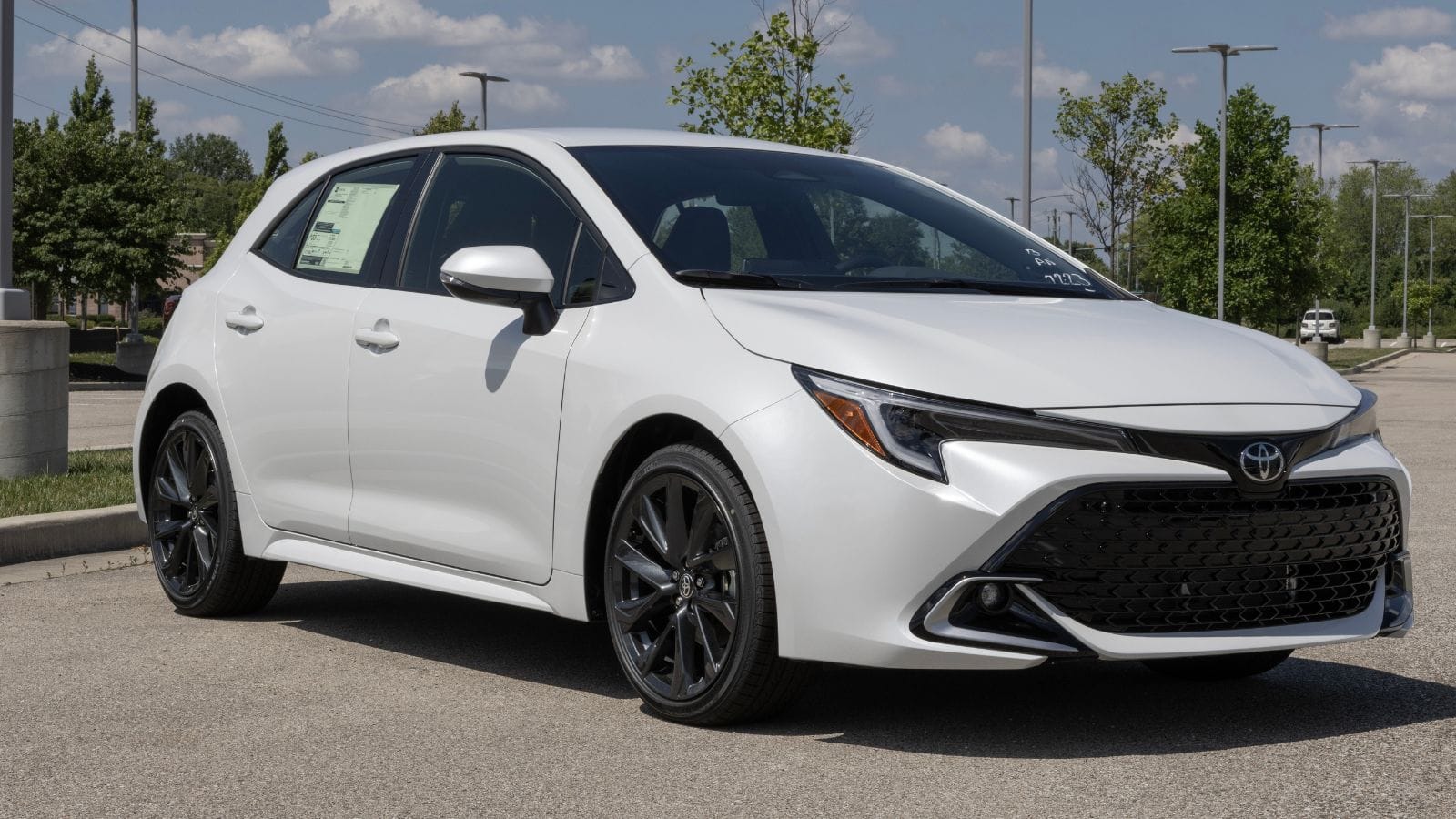
Globally acclaimed for reliability, the FWD Corolla hatchback remains a Canadian bestseller. Unfortunately, winter performance suffers due to light weight, lack of AWD, and economy tire setups. Its handling becomes nervous on black ice, and acceleration traction is barely adequate on packed snow, as rivals with AWD offer significantly safer winter miles at a similar price. Despite this, loyal buyers stick with the Corolla, valuing fuel economy and cost over snow capability. But in snowy conditions, Canada’s top-selling compact can feel like a liability rather than a dependable commuter.
Honda Civic Si (FWD Manual)
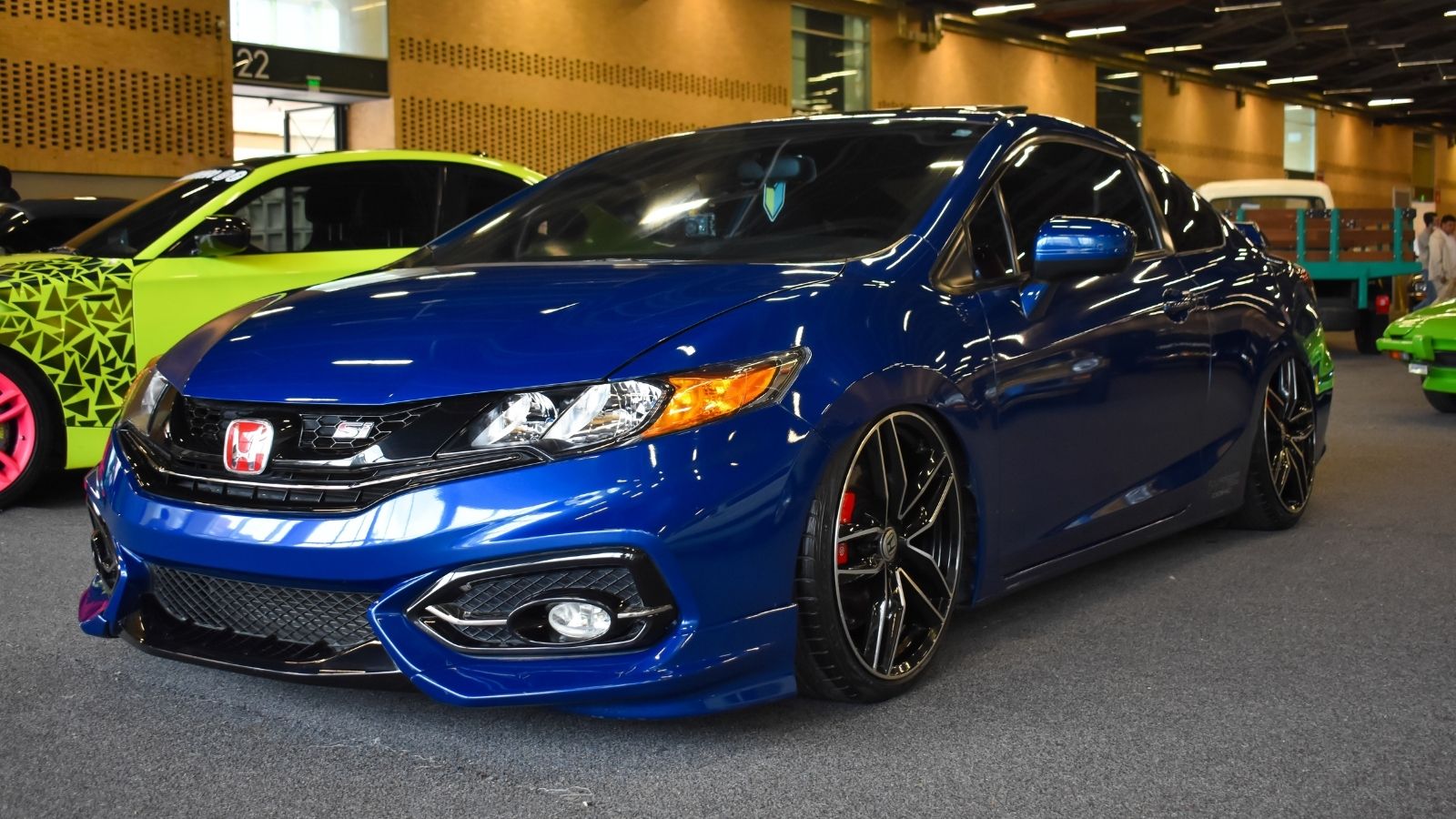
Sporty and lightweight, the Civic Si is loved by enthusiasts, but winter isn’t its stage. With front-wheel drive and high-output power, it is easy to lose traction off the line on icy or snowy roads. Its stiff suspension also skates more over snow patches than it grips, and without all-season traction systems or AWD, control in slippery conditions often becomes a challenge. Yet drivers continue to choose it for fun and flair, often budgeting for dedicated winter tires to stay safe.
Chevrolet Camaro (RWD V6 or V8)
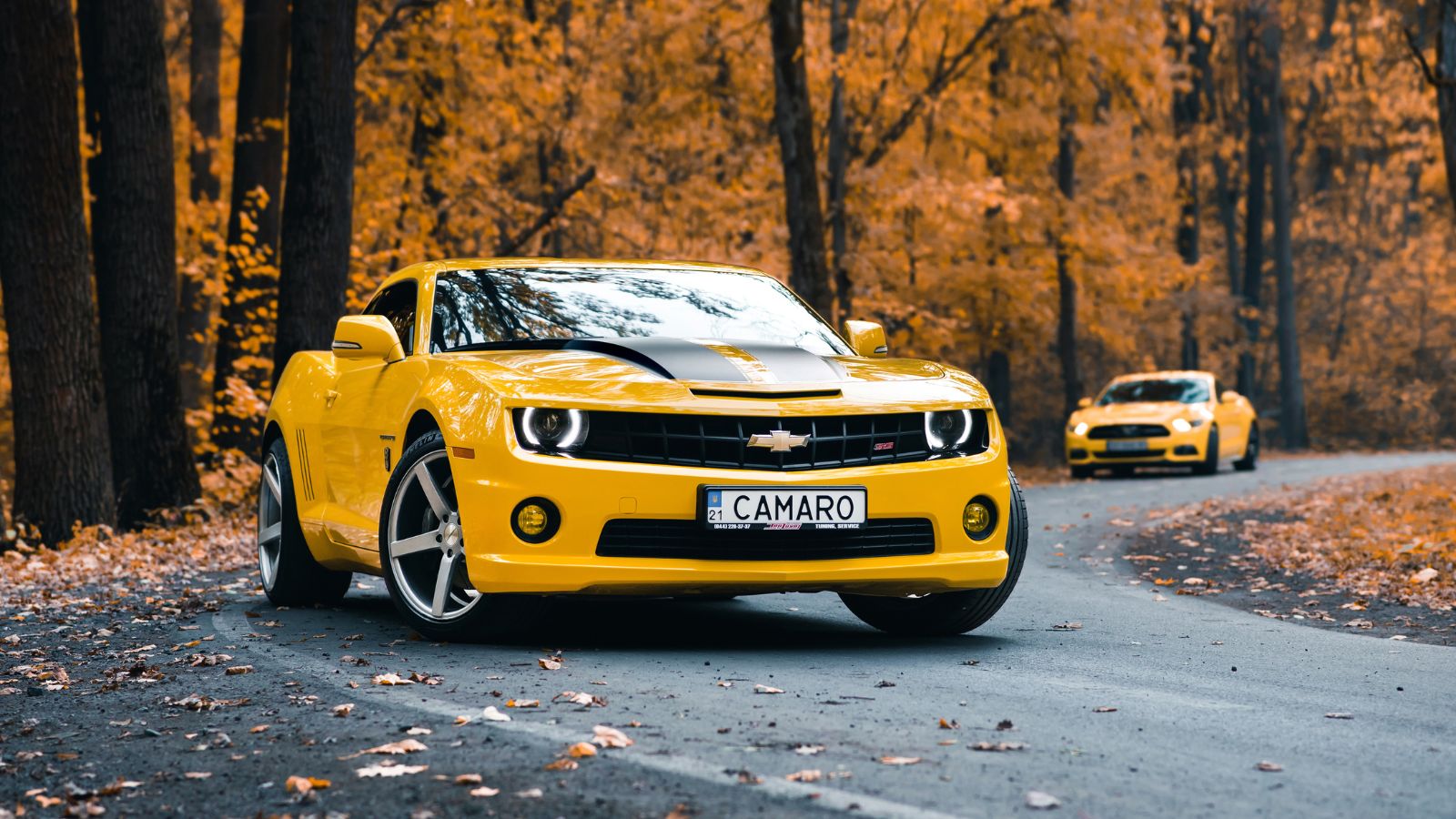
With aggressive styling and high horsepower, the Camaro draws attention year-round, except in winter. Its rear-wheel-drive layout, wide tires, and low ground clearance lead to sliding and poor grip in snow or slush, as the stability control only helps to a certain extent. The Camaro’s appeal persists through its performance badge and sleek lines, but those qualities contribute to its winter unreliability. Many buyers trade it in quickly or swap for AWD models before the snow arrives, yet the Camaro continues to sell.
Dodge Charger (RWD or AWD V6)
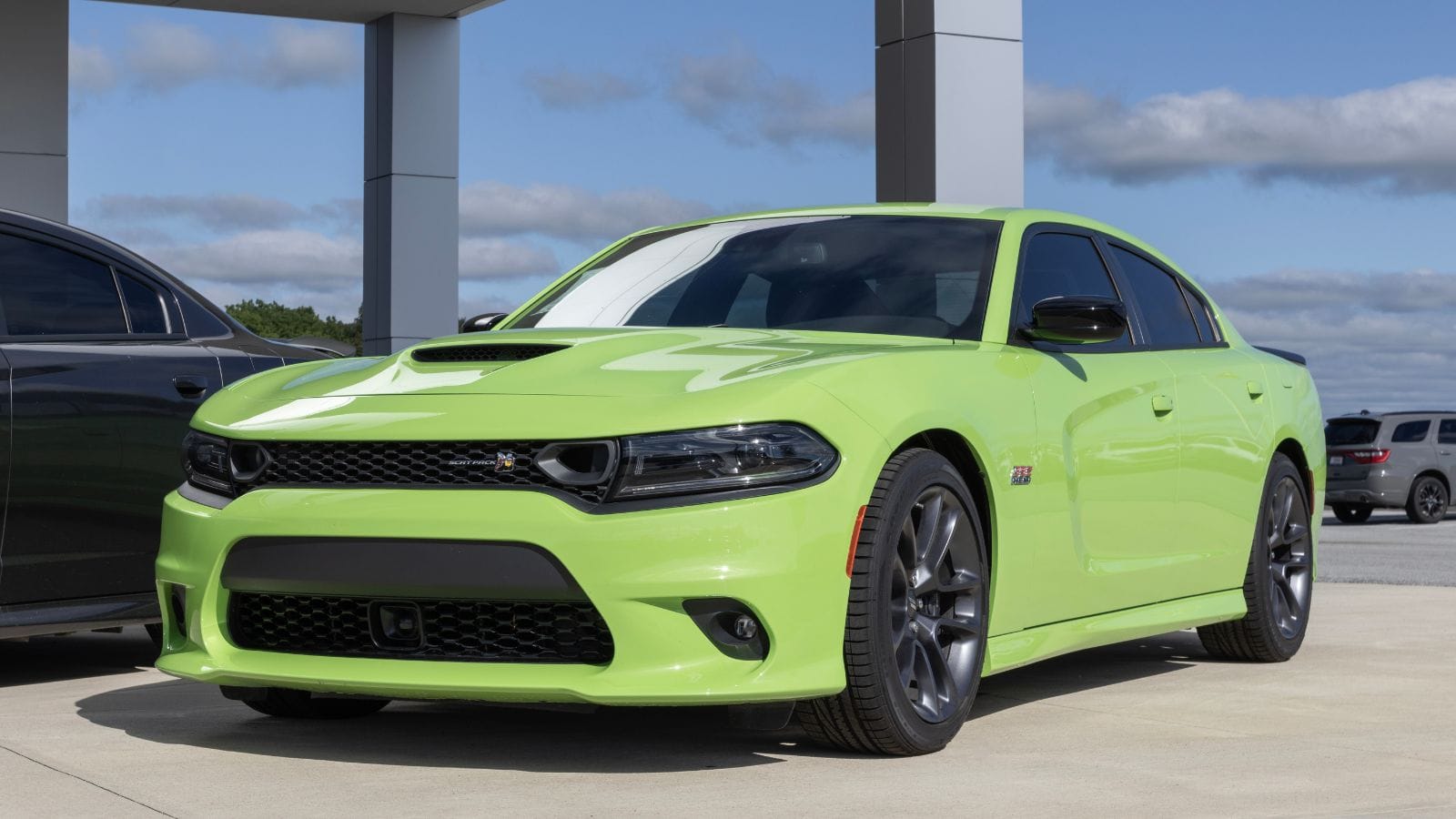
The Dodge Charger makes headlines for its powertrain options and heritage, but even rear-wheel-drive versions struggle in snowy conditions. Although AWD trims are available, many buyers opt for RWD or more fuel-efficient V6 versions, which can struggle in deep snow or during hill starts. Its heavy frame and powerful engine can overwhelm traction systems, and even with winter tires, the Charger fails to match the composure of AWD competitors. Despite winter’s challenges, it remains a popular option thanks to its muscle-car appeal and price.
Infiniti Q60 Coupe

With refined styling and strong power, the Infiniti Q60 is marketed as a premium vehicle, but drive it in the Canadian winter, and its limitations become apparent. RWD without optional AWD leaves it scrambling for traction on icy roads, and combined with sporty suspension tuning, the Q60 can feel unstable on snowy pavement. Even limited-slip differentials cannot fully compensate for this. Although winter tires help, the firm ride and rear-weight bias make for an unpleasant experience, and despite this, the car still sells, with buyers drawn to its design, cost, and badge appeal.
Volkswagen Golf GTI (RWD 4Motion optional)
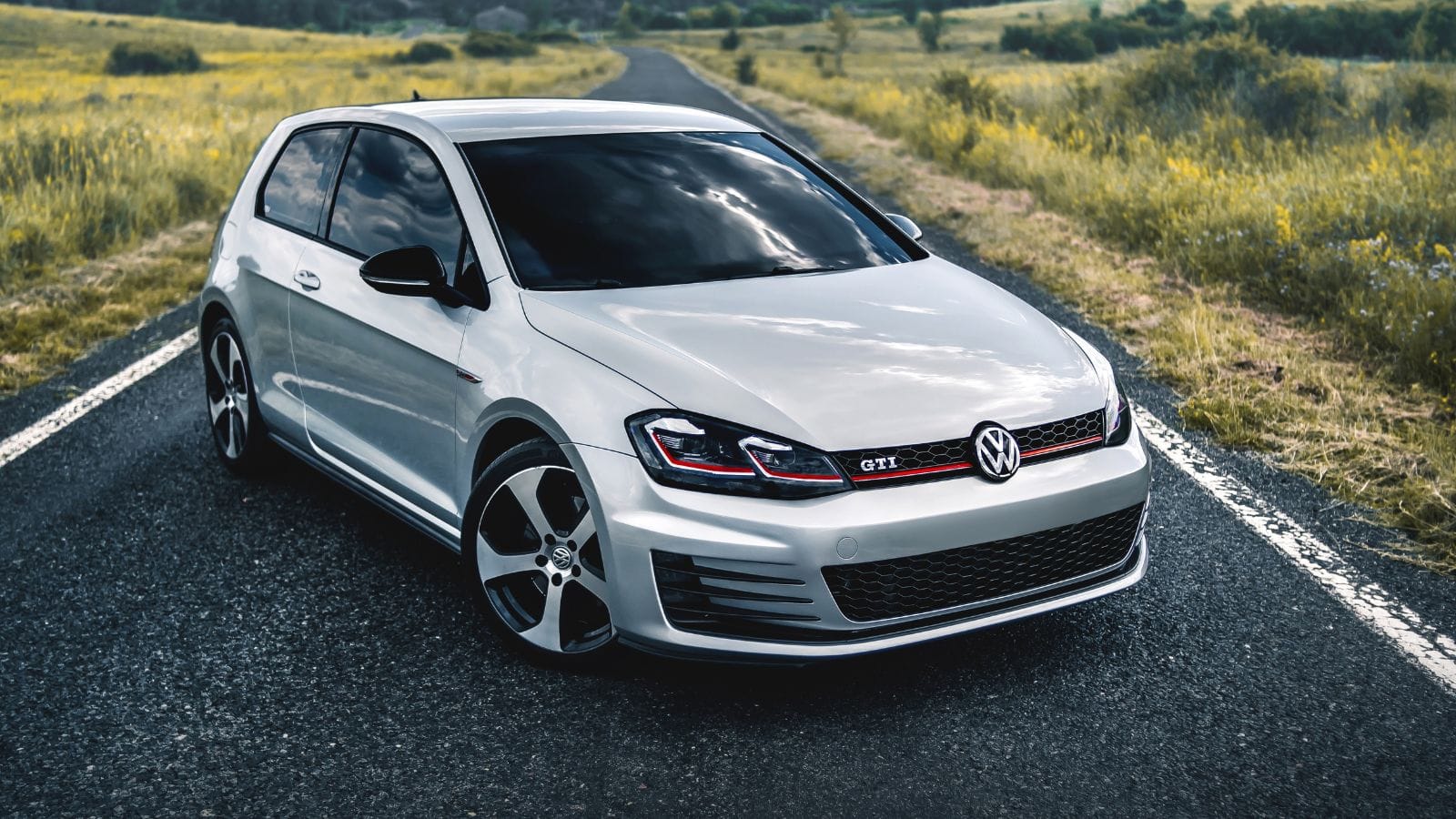
The Golf GTI is revered for its exceptional performance-to-value ratio. Still, with front-wheel drive and sporty suspension available only in select configurations, it often struggles in deep snow. Standard FWD models are prone to torque steer and wheelspin under acceleration, even with all-season tires that lack sufficient winter grip. While the GTI brand loyalists value its dynamics and hatchback practicality, many regret skipping the 4Motion AWD upgrade. Without it, the Golf GTI remains a fun drive in summer, but a liability on snowy Canadian roads. Still, Canadians continue to buy it for its sharp looks and driving thrills.
Tesla Model 3 (RWD Standard Range)
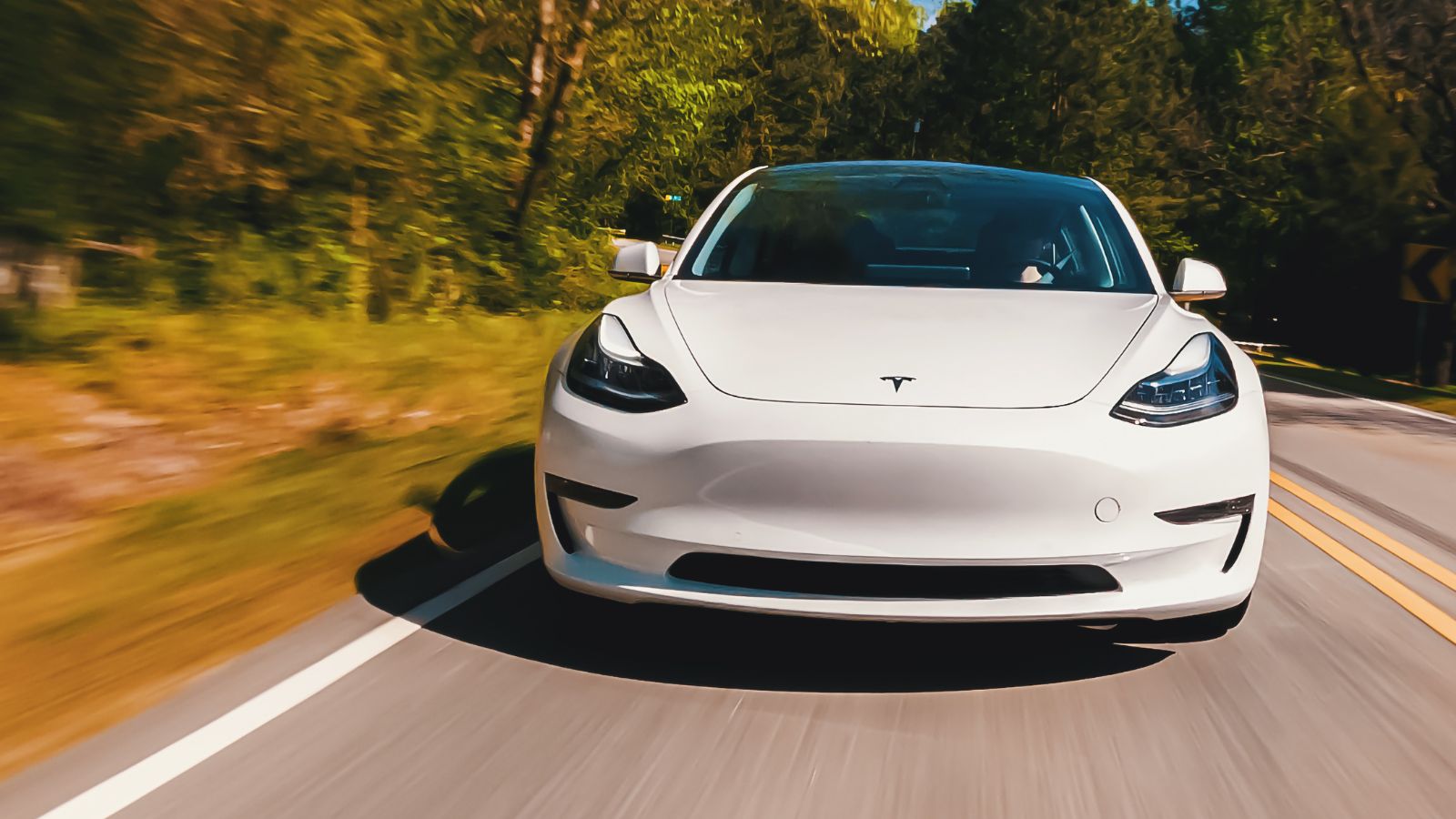
Owning a Tesla Model 3 can be great until winter hits. The rear-wheel-drive Standard Range variant lacks AWD traction, and its low ground clearance makes it especially vulnerable in snowy conditions. Owners report sliding off untreated roads, struggling with regenerative braking on packed snow, and reduced range in freezing temperatures. While the cabin is comfortable and the technology is cutting-edge, the winter trade-offs are significant. Despite the ever-expanding Canadian EV infrastructure, many buyers opt for cheaper RWD trims only to discover they’ve bought a summer car in a country defined by its long, cold winters.
Alfa Romeo Giulia Veloce (RWD)
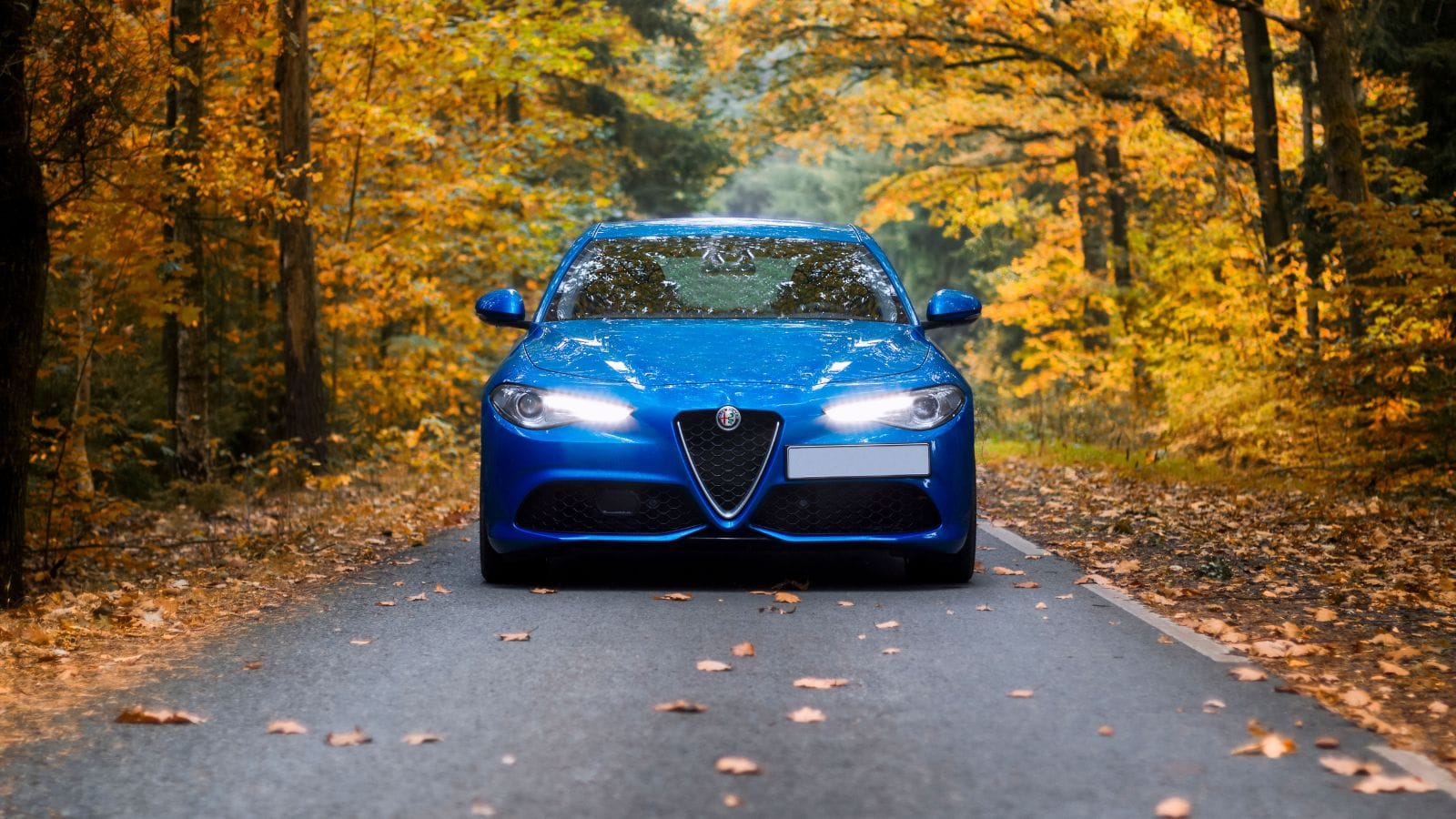
The stylish Giulia Veloce has drawn a loyal following for its sharp handling and Italian flair, but its rear-wheel-drive layout becomes a disadvantage when snow arrives. With only traction control and no AWD option, drivers frequently lose grip when launching from icy signals, and the narrow winter tire fitment exacerbates the issue. Even passionate Alfa fans admit the car’s dynamic tuning becomes too aggressive for snowy road conditions. Yet Canada’s boutique sedan shoppers continue to buy it for its driving feel and aesthetics, discovering later that elegance often doesn’t equate with winter stability.
Hyundai Elantra N (FWD)
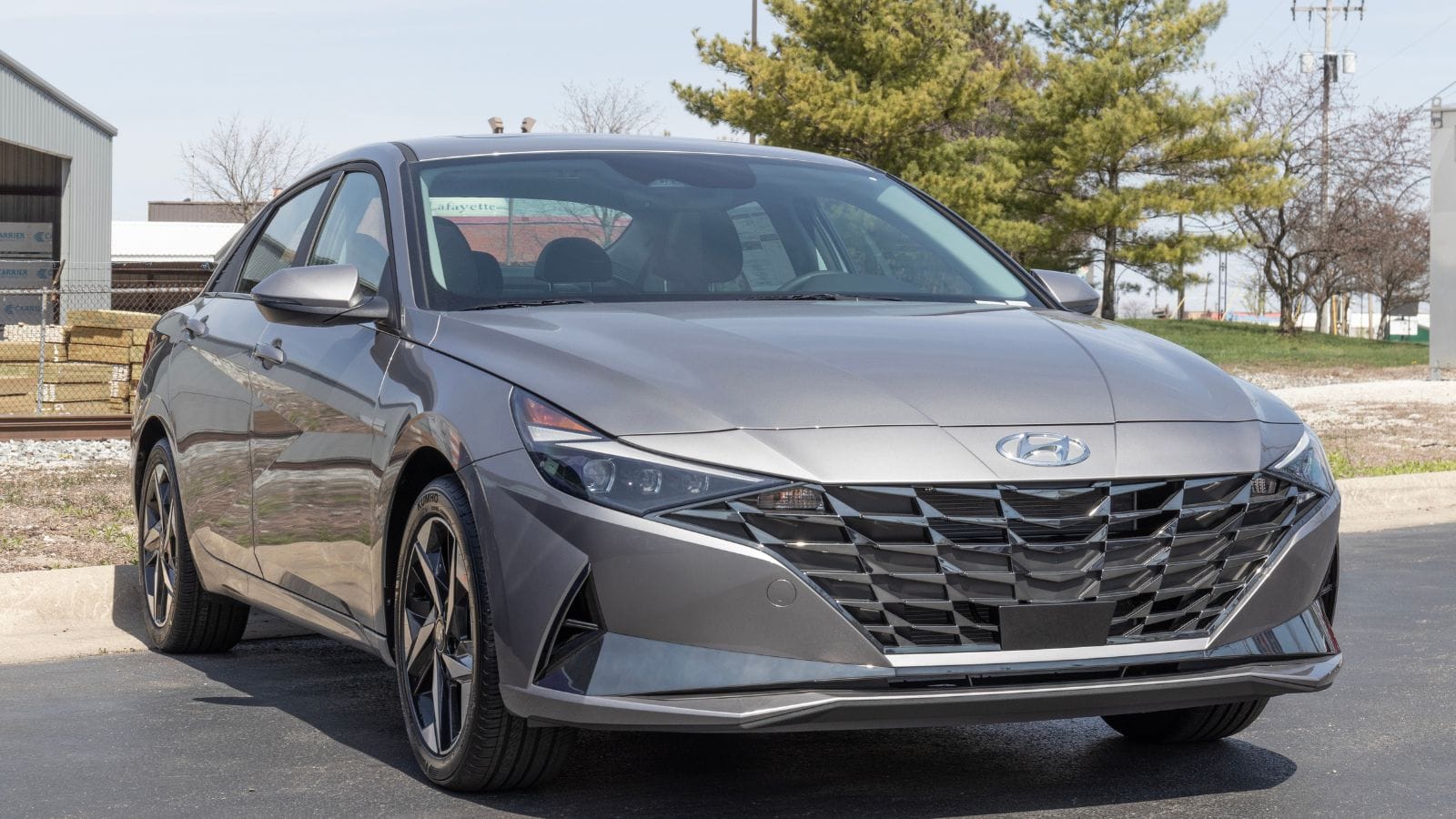
A sporty compact that easily outperforms expectations on dry roads, the Elantra N may struggle in cold weather. Its front-drive chassis and high-performance tires deliver little traction on thick snow, while the aggressive suspension tuning and torque-heavy throttle exacerbate wheelspin off the line. Although winter tires mitigate some of the trouble, even experienced enthusiasts note that the vehicle’s design prioritizes performance over winter safety. Despite Canada’s long stretches of snowy asphalt, customers continue to buy for the thrill and styling.
Kia Forte GT (FWD)
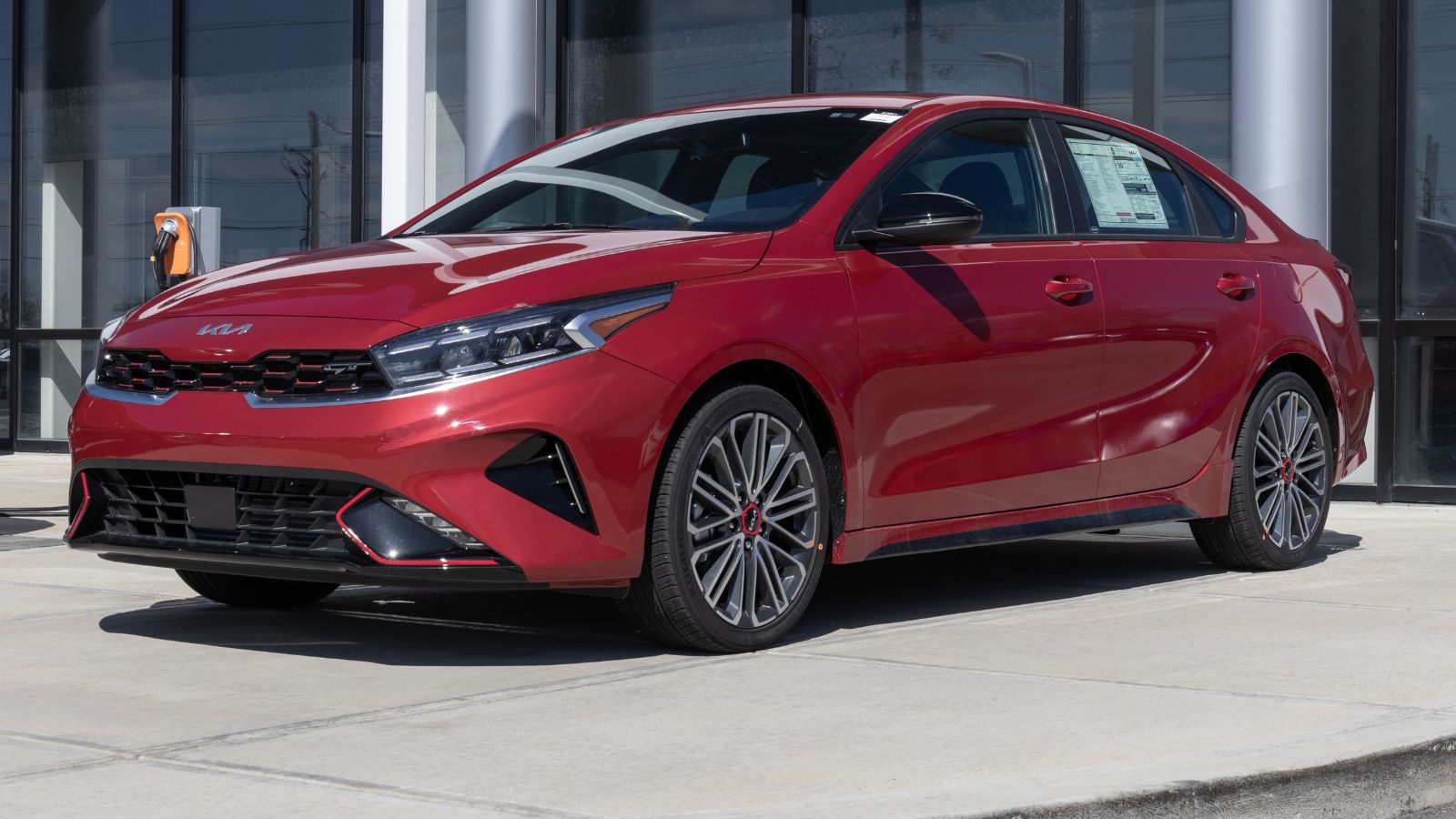
The Kia Forte GT delivers peppy turbocharged performance at an affordable price, but its front-wheel-drive layout and sporty suspension compromise winter traction. The low-profile tires and firm chassis often result in fishtailing on icy road surfaces, and even stability assist systems struggle when horsepower and small tire contact area combine under load. Many Canadian buyers, excited by aggressive styling and price, are left disappointed once winter begins. While the interior feels upscale for its class, the winter reliability gap reveals that fun compromises in snow; yet, sales remain strong thanks to its value reputation.
Dodge Challenger Scat Pack (RWD)
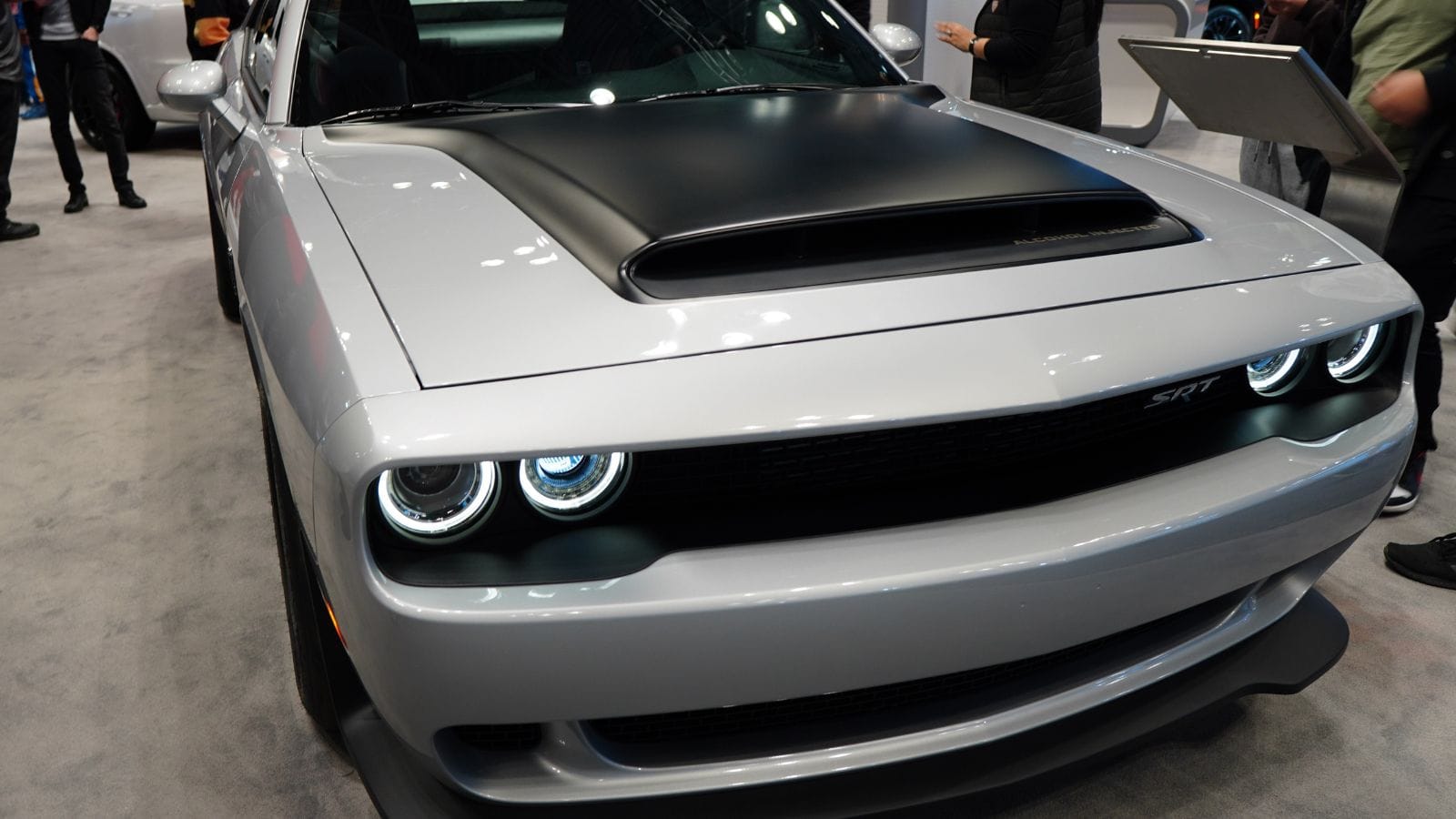
The Challenger Scat Pack brings massive power and legendary styling, but not winter readiness. Its rear-wheel drive, wide tires, and heavy weight make for poor snow performance. Additionally, the wheelspin from the 6.4L V8 is difficult to contain on icy pavement, and the vehicle’s ground clearance is minimal. Canadian drivers draw attention to the lack of AWD or traction-enhancing options, which is particularly shocking in snow-heavy provinces. Still, muscle car appeal and price positioning draw buyers each year.
Volkswagen Jetta GLI (FWD)

The Jetta GLI offers refined handling and sport sedan dynamics, but only in dry conditions. With front-wheel drive and stock summer-biased tires, it struggles for traction in slush and deep snow. Performance-oriented suspension tuning and a limited-slip differential cannot fully compensate when ice comes into play. Still, despite poor winter performance, many Canadians purchase the GLI for its driving dynamics and sporty badge. The disconnect between its sporty identity and winter compromise makes many regret not opting for AWD compact alternatives.
Mazda MX-30 EV
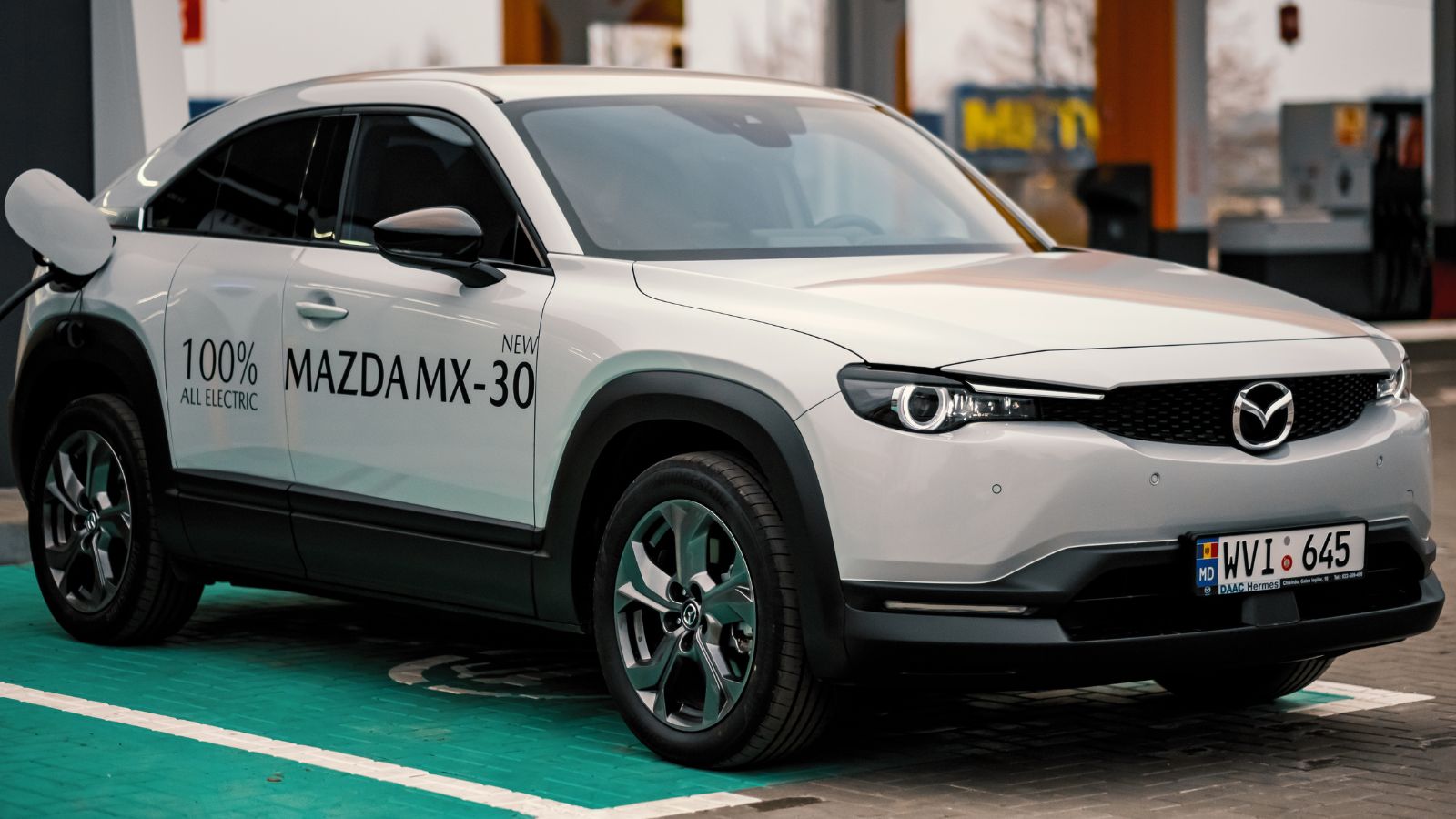
This stylish electric crossover may attract buyers with its eco-friendly message, but its short range and lack of AWD make it poorly suited for snowy Canadian climates. The MX-30 struggles with cold-weather battery efficiency, its front-wheel-drive system offers poor grip on slippery roads, and its lightweight design and limited ground clearance make it prone to getting stuck in snowbanks. Despite production scarcity and limited availability, Canadians still buy it for its design and eco-credentials, only to discover that winter conditions require more robust engineering than the MX-30 delivers.
Ford Mustang (RWD)

Iconic styling and rear-drive thrill keep Mustangs selling in Canada, but without AWD or winter-specific traction systems, drivers commonly report fishtailing, slipping, and launch difficulties. The car’s low clearance and wide summer tires compound snow performance issues, and although Mustang Coupe sales remain strong in colder provinces, owners frequently pair them with dedicated winter vehicles. For many, the Mustang is a seasonally admired pony car, not a year-round commuter. Despite this, the badge prestige and performance draw continue to overshadow practical wisdom when winter tires and handling stability are not priced into the decision.
Subaru BRZ / Toyota GR86 (RWD)
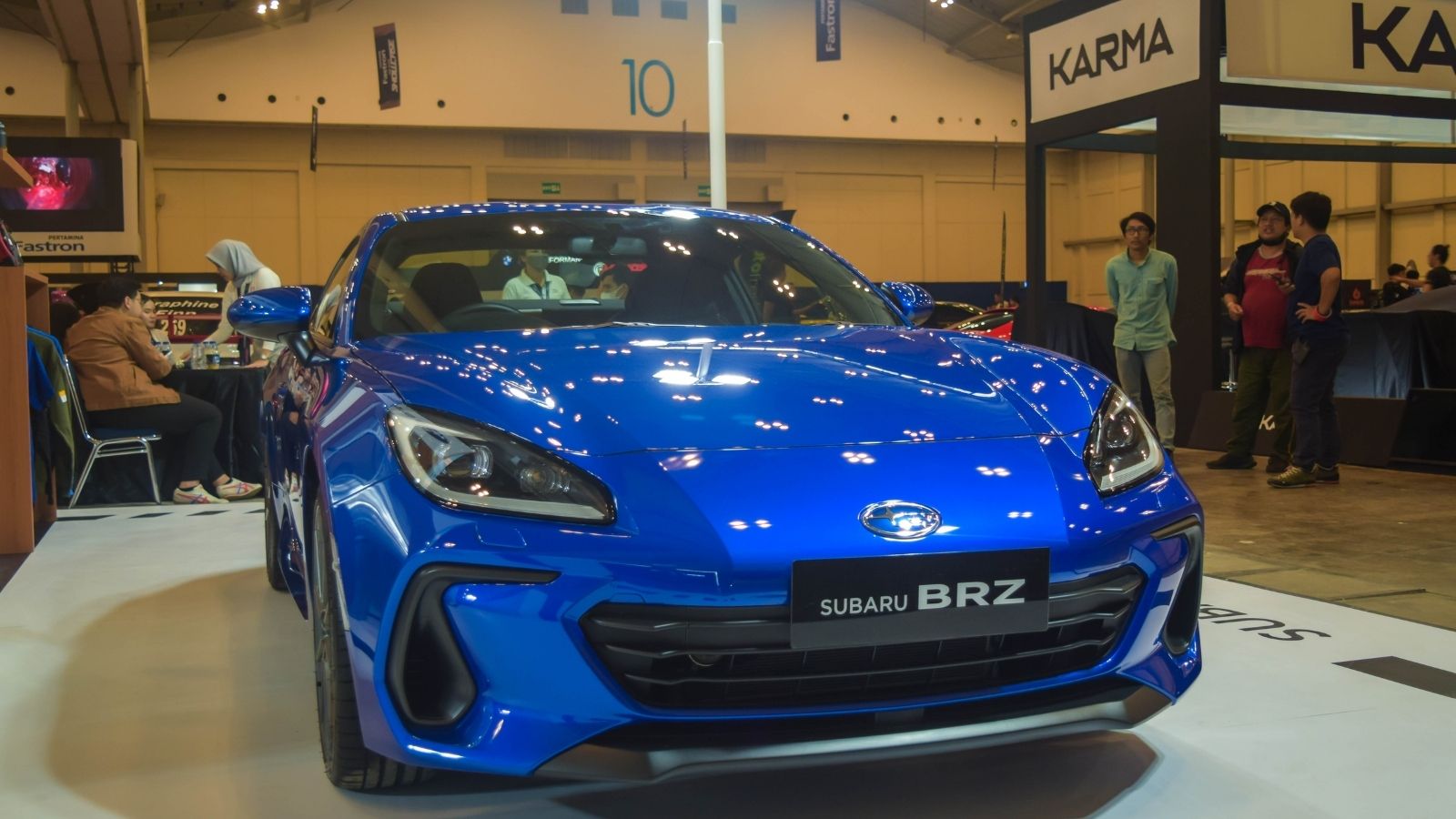
These light-coupe twins offer a compelling driving experience, but only when snow isn’t part of the equation. Rear-wheel drive, a balanced chassis, and low weight translate to thrilling handling on clear pavement and poor control in snow. Traction is unreliable, launch assistance is minimal, and stability control can’t fully compensate on slick hills. Even Subaru owners concede that this model’s winter performance falls short of matching the brand’s SUV lineup. Yet the coupe’s affordability, amount of fan culture, and engaging drive keep it popular, despite repeated frustration once winter arrives.
Mini Countryman (FWD)
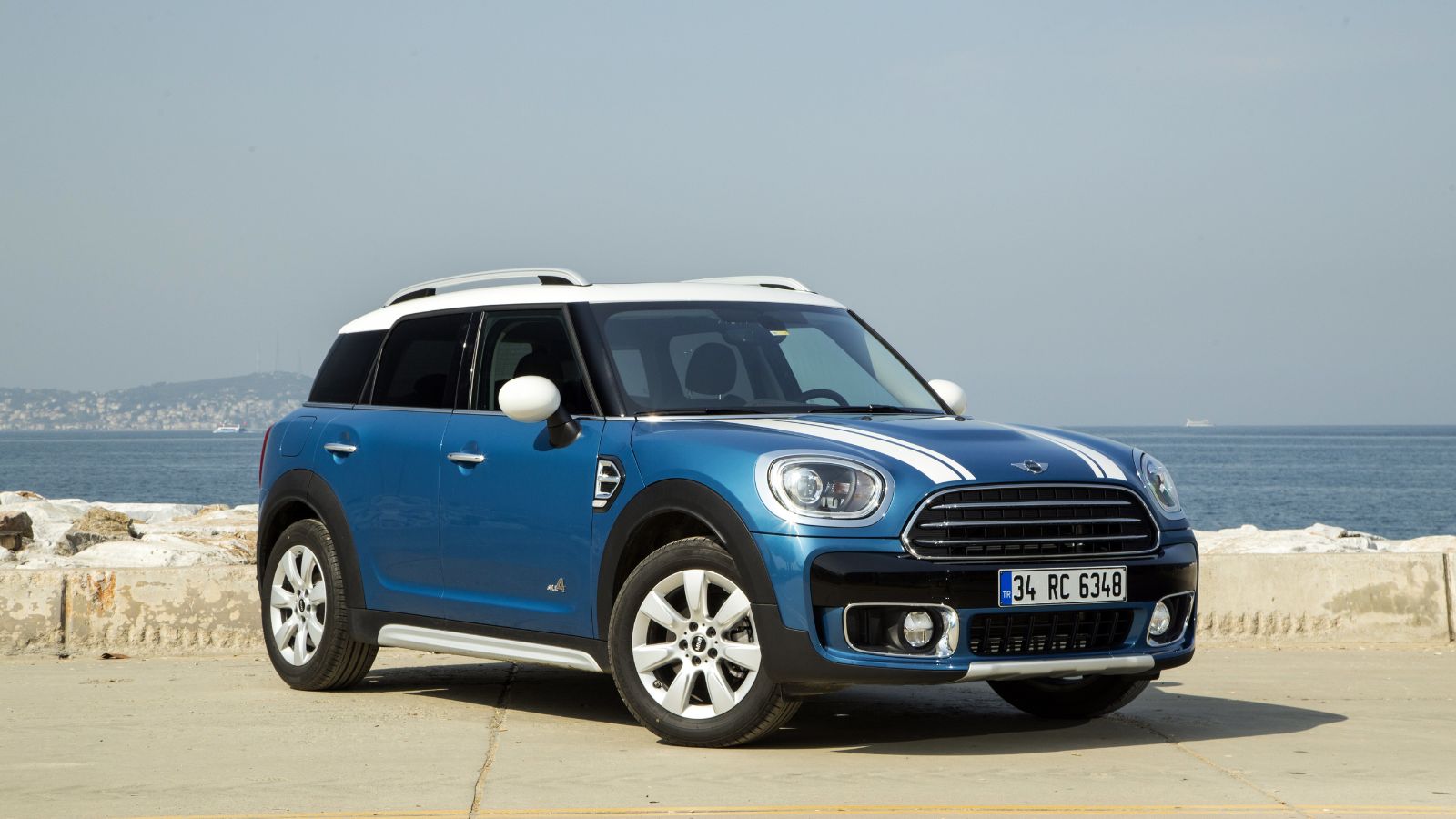
The compact crossover Countryman often markets itself as a small SUV option, but the front-wheel-drive models hold back its winter credibility. With a light chassis and narrow wheels, the Countryman often struggles with traction in deep snow and slush. Although AWD is offered, many buyers opt for the cheaper FWD variant, only to later regret their decision. From Quebec to Alberta, owners report handling shortcuts and poor launch grip in slippery conditions. Yet its urban-friendly size and styling continue to attract buyers, even when Canadian winters expose its weaknesses promptly after purchase.
Chevrolet Spark (FWD)
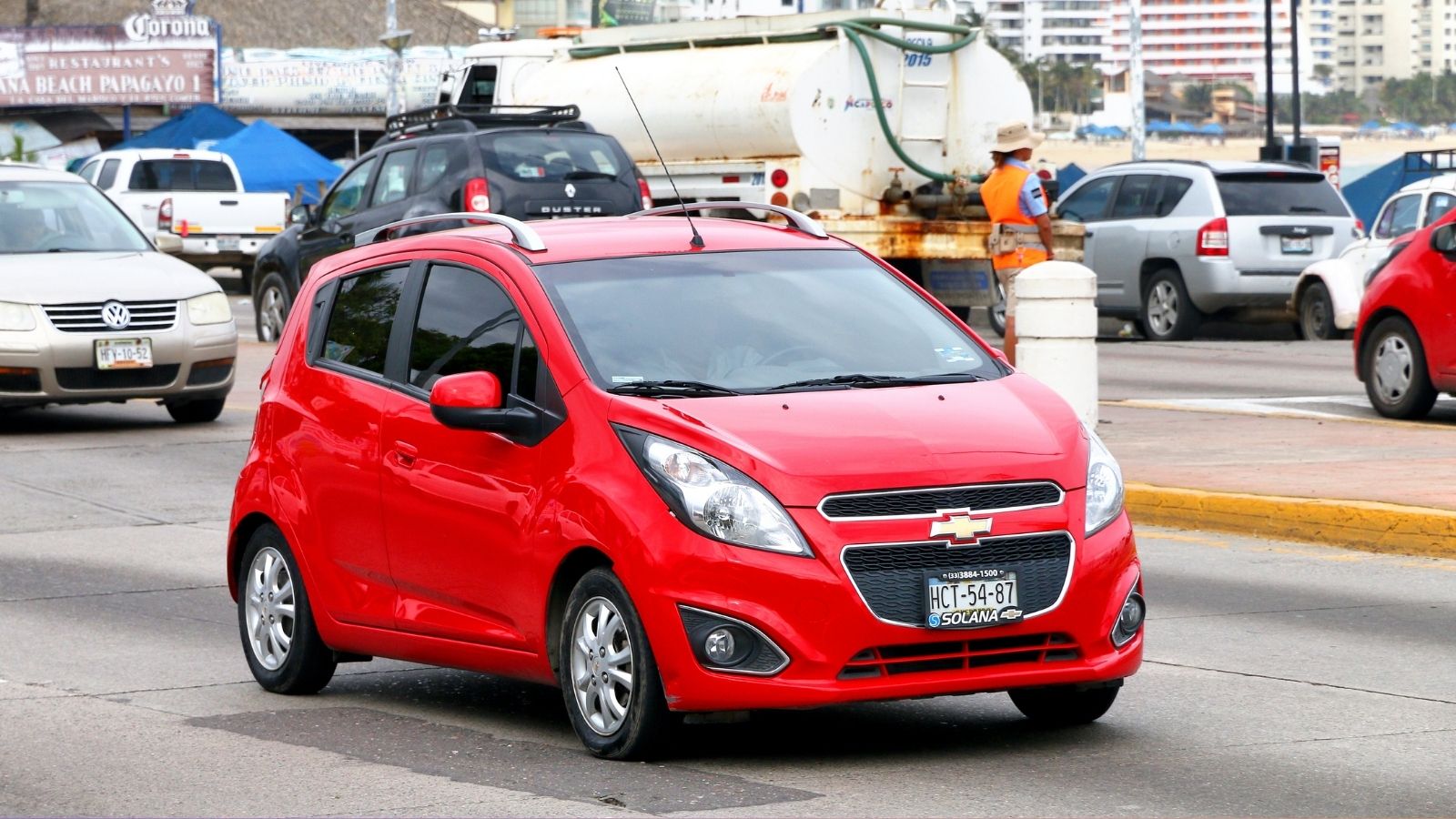
As one of Canada’s most economical city cars, the Spark seems ideal until winter arrives. Its tiny wheels, light curb weight, and minimal ground clearance make snow driving problematic. There’s no AWD version, and traction control can only do so much, while many Canadian drivers report difficulty getting up slight inclines or starting from rest on packed snow. Despite these issues, the Spark’s low price remains a draw, especially for students or city commuters.
Fiat 500e (FWD)

The electric Fiat 500e is fun, compact, and quirky, but its snow performance was never featured in the sales brochure. With front-wheel drive, a short wheelbase, and limited traction, it is vulnerable in slippery conditions. Additionally, cold weather drastically reduces the EV range. Owner feedback often notes difficulty maintaining traction on hills and poor stability in slush; however, despite this, Canadians still purchase the 500e for city driving and its European charm. Unfortunately, too many discover that the little EV doesn’t age well once winter arrives.
Lexus RC (RWD)
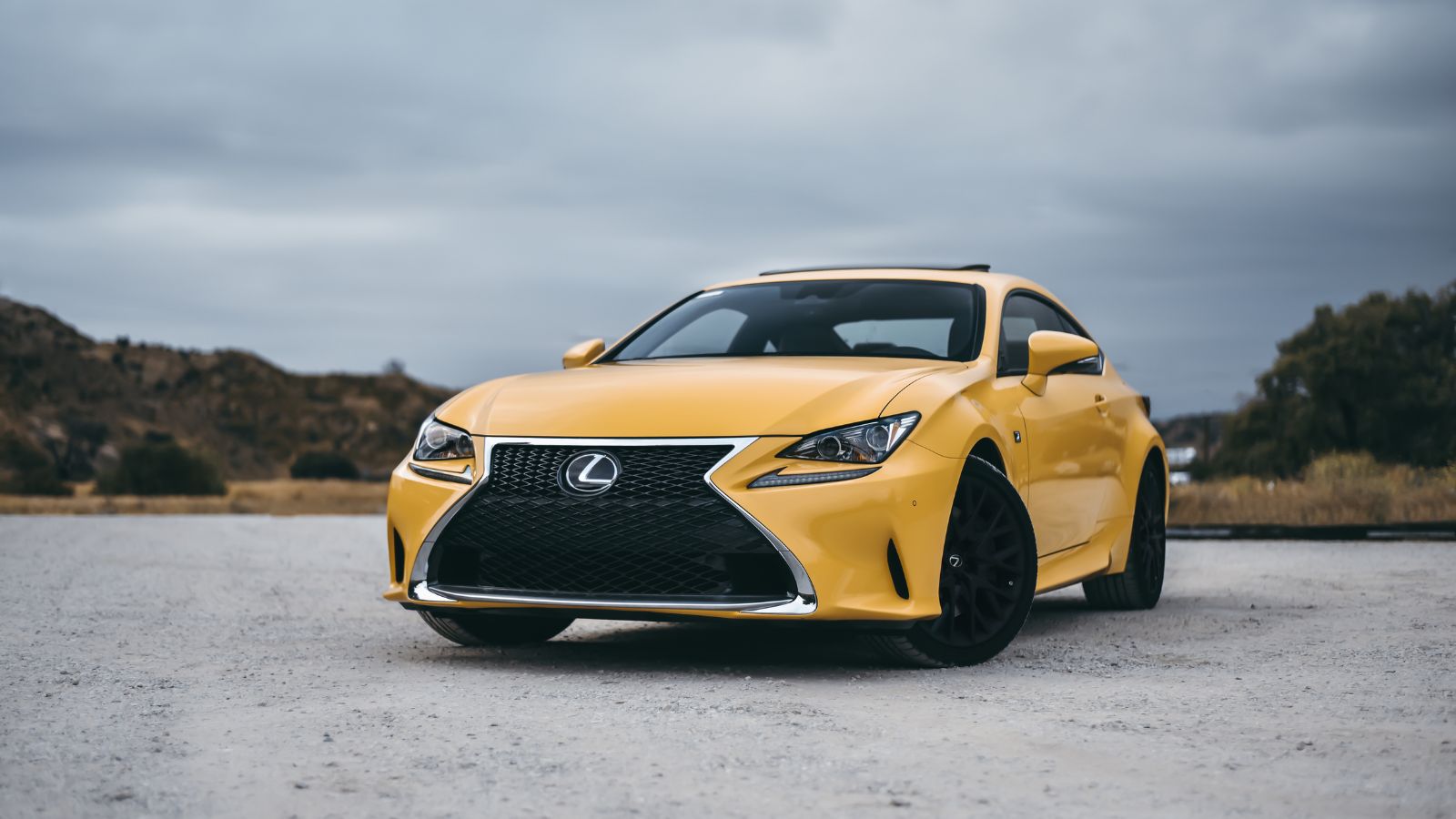
This sporty coupe offers luxury and performance, but as a rear-wheel-drive-only model, it struggles in Canadian winters. With its luxury trim, it also comes with heavier weight, further eroding winter traction. Launch control is smart, but power delivery often overpowers grip on icy or snowy roads. Its low ride height and wide tires make cornering on snow treacherous, and despite a premium badge and strong styling, drivers repeatedly switch to AWD models or winter vehicles seasonally. Many Canadian buyers overlook this weakness until they slide into black ice, only to realize the RC is better suited to driveways than winter highways.
Ford Mustang Mach-E (RWD)
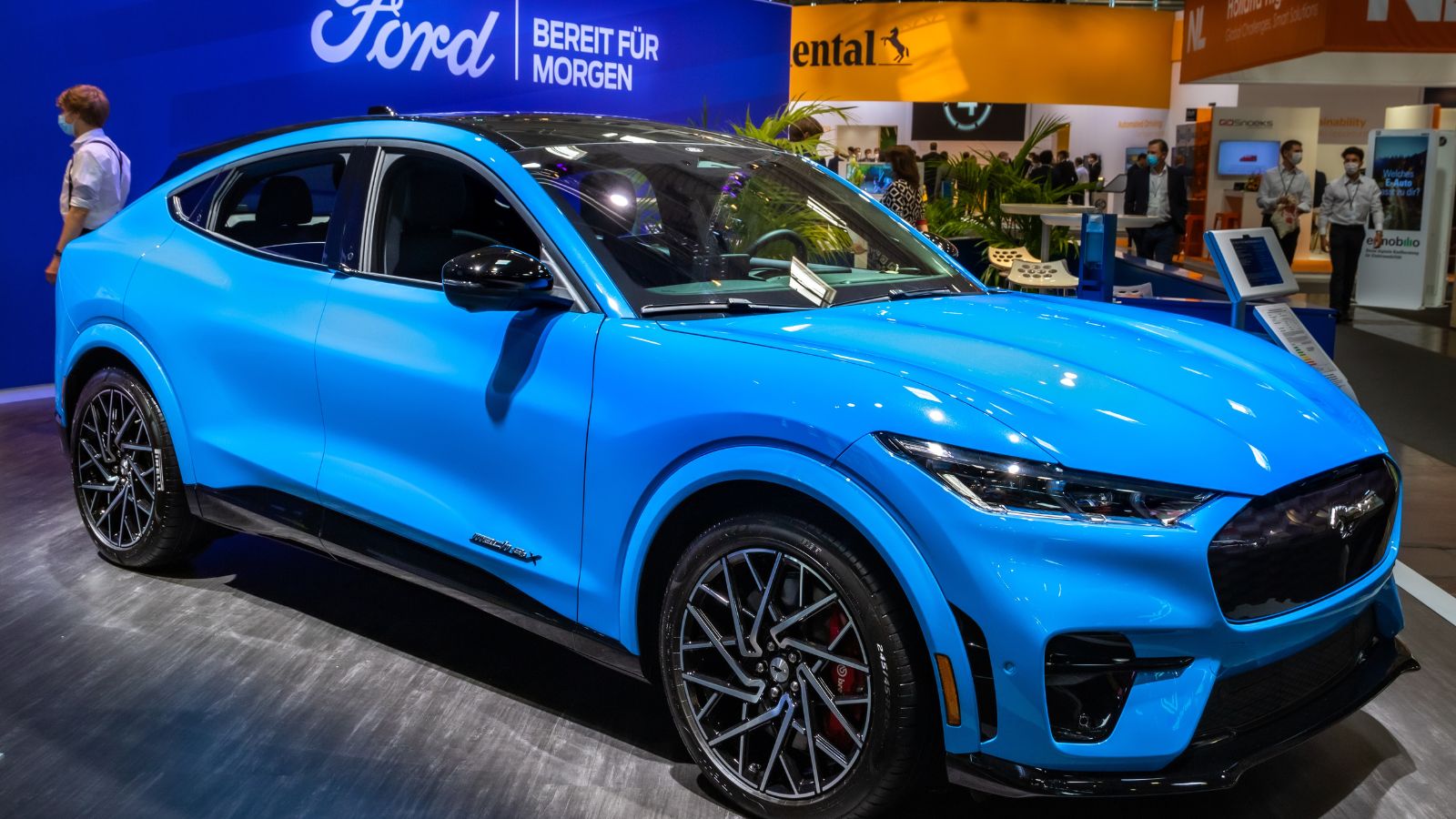
The electric Mustang Mach-E has won fans for its tech, but the rear-wheel-drive base variant doesn’t fare well in snow. Without optional AWD, the Mach-E’s weight distribution and rear-drive dynamics lead to reduced traction on slippery roads, while battery cooling and winter range loss also exacerbate the problem. As Canadians learn, regenerative braking can be inconsistent on ice. Despite its futuristic appeal and brand power, many buyers opt for AWD trims or plug-in SUVs to meet their winter needs. Still, the Mach-E’s aesthetic and tech profile continue to attract, even as snow performance disappoints when it matters most.
25 Facts About Car Loans That Most Drivers Don’t Realize

Car loans are one of the most common ways people fund car purchases. Like any other kind of loan, car loans can have certain features that can be regarded as an advantage or a disadvantage to the borrower. Understanding all essential facts about car loans and how they work to ensure that you get the best deal for your financial situation is essential. Here are 25 shocking facts about car loans that most drivers don’t realize:
25 Facts About Car Loans That Most Drivers Don’t Realize
